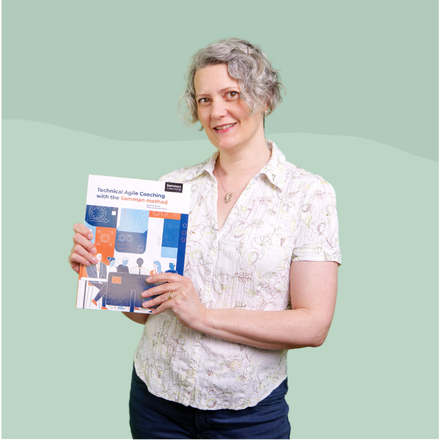No Results Found
The page you requested could not be found. Try refining your search, or use the navigation above to locate the post.
The page you requested could not be found. Try refining your search, or use the navigation above to locate the post.

Hi – I´m Emily!
I am an independent consultant with Bache Consulting and chair of the Samman Technical Coaching Society. As a technical coach I work with software development organizations who want to get better at the technical practices needed to be agile, including Test-Driven Development, Refactoring and Incremental Design. I live in Gothenburg, Sweden, although I am originally from the UK. I’ve written two books: “Technical Agile Coaching with the Samman method” and “The Coding Dojo Handbook”. I teach for both O’Reilly and Pluralsight. I’m married to Geoff Bache, creator of TextTest. I am also on Mastodon as emilybache@sw-development-is.social.

If you’d like to know a bit more about me, my work, and the talks and workshops I offer, please visit my main website: EmilyBache.com. There, you’ll find information about my background, upcoming events, and the services I provide as a technical coach and consultant. It’s a good place to start if you’re curious about how I can support your team in improving coding skills and agile practices.

If you’re enjoying the insights shared here on the blog, you might enjoy my training too.
“Technical Agile Coaching with the Samman Method” offers a practical guide to improving how developers collaborate and write code. You’ll learn hands-on techniques for Test-Driven Development, Refactoring, and effective team coaching.
To learn more about the book, just click the link below.
Blog categories